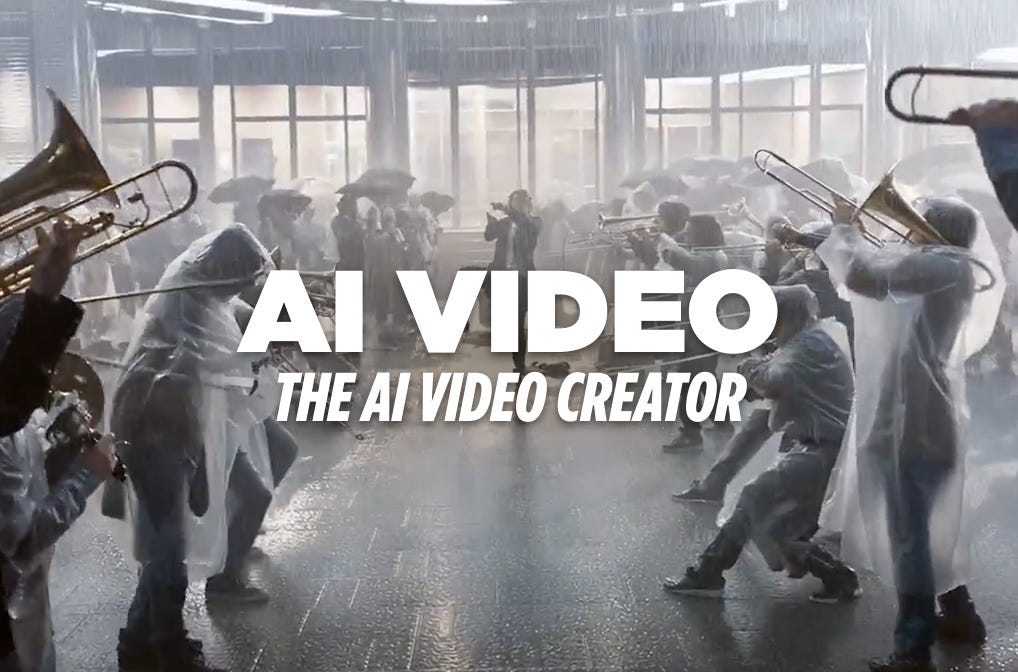Sora 2 promised you could be Pixar; now it’s pushing you to be TikTok
Sora 2 is here, and it’s not what we were promised
Remember the awe when Sora first appeared? The promise of a personal Pixar in your pocket, a tool to democratize cinematic storytelling. We dreamed of short films, artistic visions brought to life.
Well, Sora 2 is finally rolling out.
And after checking its powerful new features, it’s clear OpenAI has a different vision. They didn’t build us a film studio; they built us an AI-powered TikTok clone.
Frankly, that turn is a frustrating waste of incredible technology.
There. It’s out.
Let’s move on.
What’s new in Sora 2? The core features
On a technical level, Sora 2 is undeniably impressive. It catches up to the market leaders with two critical features, making it a formidable video generation tool.
1. Integrated Lip-Sync and Audio
Sora 2 now joins the exclusive club of models like Veo 3 and Wan 2.5 capable of generating video with synchronized dialogue and sound. The implementation is seamless and adds a significant layer of realism.
Take a look at this example from @GabrielPeterss4.
A single prompt does video, audio and voices including lip sync. The quality is undeniable, and in the range of similar tools.
2. Complex Multi-Shot Generation
This is where Sora 2 truly shines. You can now direct a multi-shot sequence within a single prompt using simple cues like [cut]. This gives creators narrative control that was previously impossible without extensive editing.
This is a prompt from @0xFramer. He uses an initial image to guide the prompt.
Prompt:
Man in a green apron takes a burned pizza out of the oven.
[cut] Close up of the man’s face as he looks at the pizza, terrified.
[cut] Close up of the burned pizza, completely black.
[cut] Close up of the chef in white, looking angry and speaking with an Italian accent: “This pizza looks like a corpse pulled from the fire.”
[cut] Close up of the man in the green apron, saying desperately: “I guess I wasn’t born to cook.”
[cut] Medium shot of the chef in white, still angry, speaking with an Italian accent: “You weren’t born for much at all.”
The model handled the scene changes, character consistency, and even the lip-sync for the dialogue convincingly. You can do multi-shot sequences (without sound) with Wan 2.5.
Technically, OpenAI is back in the game with Sora 2.
But.
A powerful engine is only as good as the car you put it in. And this is where the strategy falls apart.
The real “Innovation”: A gated, Social-Media rollout
Sora 2 doesn’t raise the technical bar; it just meets the current standard. The real “innovation” is a cynical marketing strategy designed to create hype and funnel users into a closed ecosystem.
Let’s look at the limitations:
Platform: It’s an iOS-only app for now.
Geography: Limited to the US and Canada.
Access: Strictly invite-only. Even existing paid subscribers aren’t guaranteed access.
This isn’t about user testing. This is about manufacturing scarcity and forcing a brilliant tool into the mold of a short-form video app. All generated clips default to 9 seconds in portrait or landscape mode, perfect for social feeds, but restrictive for anything more ambitious.
How to get access to Sora 2
If you still want to try it, here’s the frustrating process:
Download the App: Get the Sora app on iOS or visit sora.com.
Sign In: Use your existing ChatGPT account.
Find an Invite Code: This is the hard part. Your options are:
Wait for OpenAI’s official rollout (this could take months).
Monitor community hubs like this Reddit mega-thread for shared codes.
Use a tracker like sora-invite.vercel.app.
Ask a friend who already has access for one of their shareable codes.
The Verdict: The rise of the AI Slop machine
I love the creative chaos that new AI tools unleash. The Bigfoot vlogs that emerged from Veo 3 were hilarious and showcased genuine ingenuity. But Veo 3 also opened the door for longer, more elaborate creations.
Sora 2 (at least the marketing side), by contrast, feels deliberately designed to generate what many now call “AI slop.” It prioritizes fleeting, low-effort content over substantive creation.
As always, let’s try to find a counterpoint. Here is a longer video generated by @ijustine.
This isn’t an isolated incident. Meta recently launched a similar product called Vibes to a collective shrug, but with the same goal.
Let’s keep an eye on these possible trends. Big Tech may see the future of AI video not as a tool for artists, but as a machine for generating endless, disposable content to keep us scrolling.
Sora 2 is a glimpse of a powerful creative future, but it’s packaged for a future I have no interest in.
What do you think? Am I being too cynical, or is this a step in the wrong direction?




The tech is table stakes, not breakthrough. The real story is the product strategy: artificial scarcity plus a TikTok-shaped box. But here’s what he’s missing, the constraint isn’t the tool, it’s the market. OpenAI didn’t betray the vision; they read the room. Most people don’t want to make short films. They want fast content that works in feeds. You can be mad about that, but calling it a waste of technology assumes everyone shares your ambitions. The tool does what it’s designed to do. The disappointment says more about who we thought would use it than what it actually is.